
Fujifilm’s center adds local support in Suzhou, China for cell culture media optimization.

Fujifilm’s center adds local support in Suzhou, China for cell culture media optimization.

Tezepelumab, being developed by AstraZeneca in collaboration with Amgen, reduced asthma exacerbations in Phase II and III clinical trials.

Eli Lilly and Company has partnered with leading diabetes tech firms to offer app compatibility with insulin smart pens to streamline diabetes management with automated data collection.

Vaccine development is inherently challenging; however, in light of the COVID-19 pandemic, innovations have been prioritized, leading to accelerated development processes.
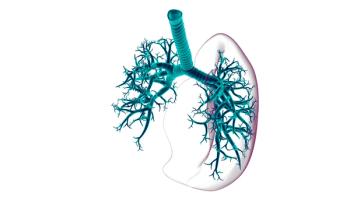
The inhaled route of administration for biologics is experiencing renewed interest, particularly in light of the COVID-19 pandemic.

Current and newer biologic modalities pose increasingly complex challenges to the detection and characterization of protein aggregates.

Manufacturers and the US government are investing heavily in traditional and non-traditional forms and materials to ensure supplies of containers and delivery devices for COVID-19 treatments and vaccines.
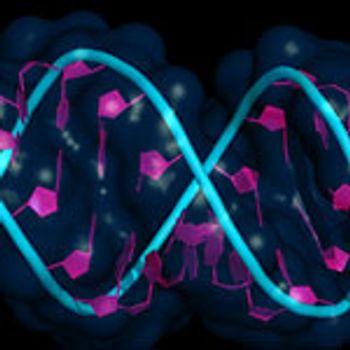
RNA is easier to manipulate than DNA but challenging to deliver to the right cells.

With the acquisition, Orgenesis will combine TamirBio’s ranpirnase antiviral platform with its Bioxome technology.
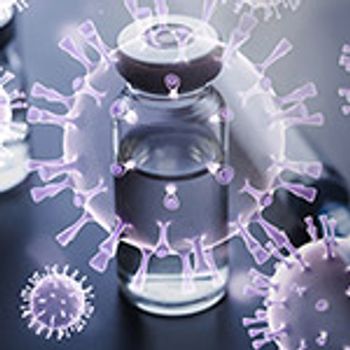
Biopharma companies responding to the COVID-19 outbreak think accelerating the development of vaccines is safe.

As a result of the rising use and development of biological drugs, the biopharma industry is witnessing an increase in the adoption of prefilled syringes.

Contract service organizations can offer biopharma companies early insight into dangers that may hinder a drug’s later development.

CHMP has recommended that Ervebo (rVSVΔG-ZEBOV-GP), a vaccine for active immunization against Ebola, be granted conditional marketing authorization in the EU.

On Tuesday, Nov. 5, 2019, Karima Yadi from Becton Dickinson & Co. will present the challenges of using, and necessity for, shorter needles and integrated systems with high viscosity drugs, such as biologics, to improve the patient experience at CPhI Worldwide.

Leveraging automation and a step-by-step approach are keys to success.

Biopharma industry faces production challenges as gene therapies move from clinical to commercialization.
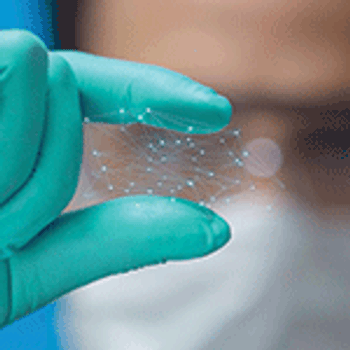
Research advances have enabled the application of nanotechnology to drug delivery. What does this technology offer in the way of enhancing therapeutic effect?

Nanobiotix has launched Curadigm, a spinoff company that will specialize in developing a nanotechnology platform for healthcare applications.

The guidance discusses the design and evaluation of comparative analytical studies used to support the biosimilarity of a proposed therapeutic protein product to a reference product licensed under section 351(a) of the Public Health Service Act.

Intertek has announced the expansion of its pharmaceutical services laboratory in Melbourn, near Cambridge, UK, through the acquisition of a new 20,000 sq. ft facility.
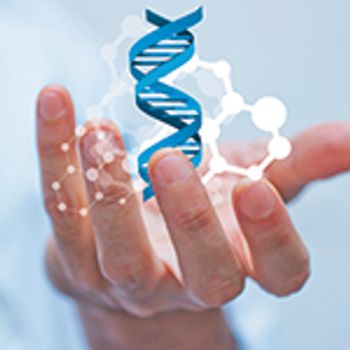
As biologics continue to push boundaries, the industry needs to take a holistic approach to formulation to ensure success.

Jessica Rousset, chief operating officer, CURE Pharmaceutical, highlights some key regulatory considerations developers should keep in mind when approaching alternative dosage forms.

The technology uses a silica nanoparticle to deliver vaccines and cancer treatments.

Optimizing the patient experience and technological advances can positively impact adherence.

The drug is approved in the United States specifically for treating acquired thrombotic thrombocytopenic purpura, a rare blood-clotting disorder.